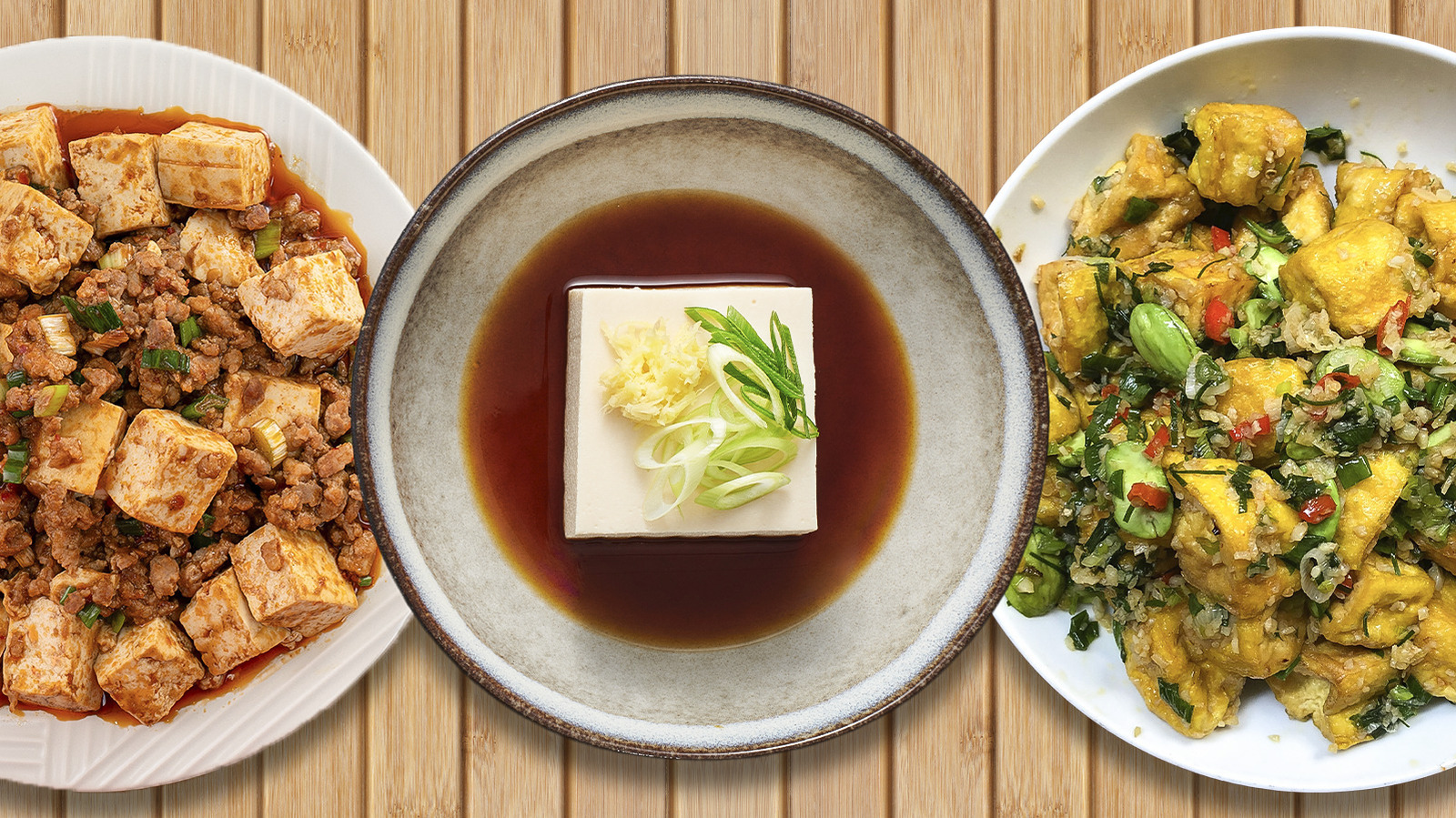
"Plant-based diets are rising in popularity, and people are more aware of the soy food's health benefits (it's a source of protein, beneficial isoflavones, and minerals, for example). It's also incredibly versatile, and can elevate everything from simple pasta dishes to salads and burgers. This is why, according to Grand View Research, the global tofu market exceeded $3.1 billion in 2024, and by 2030, it could hit $3.85 billion."
"The tongue-tingling dish is loaded with Sichuan peppercorns for an almost-numbing effect, while Doubanjiang (Sichuan chili bean paste) brings the spice. This, combined with aromatic ginger, garlic, umami-packed fermented black beans, meat, and, of course, tender tofu, makes the dish a firm favorite on takeout menus. But the very best place to try mapo tofu? That, of course, has to be where the dish was invented: Chengdu, Sichuan."
"In Chinese, "mapo" doesn't always bring up images of a delicious tofu dish. It actually means "a lady with pockmarks on her face." Back in the 1860s, during the Qing Dynasty, a small restaurant in the town of Chengdu in Sichuan became renowned for its ultra-tasty tofu dish. It was the signature recipe of the owner's wife, who also happened to have pockmarks on her face. And that, the story goes, is how mapo tofu got its name."
Tofu originated in China more than two thousand years ago and spread across Japan, Korea, and Vietnam, becoming a staple in many regional cuisines. The ingredient is made from condensed soy milk and provides protein, beneficial isoflavones, and minerals. Modern consumers value tofu for its versatility, as it complements dishes from pasta to burgers and salads. Global market value surpassed $3.1 billion in 2024 and could reach about $3.85 billion by 2030. Regional specialties showcase tofu's range, with Sichuan mapo tofu combining numbing peppercorns, Doubanjiang, fermented black beans, aromatics, meat, and tender tofu.
Read at Tasting Table
Unable to calculate read time
Collection
[
|
...
]